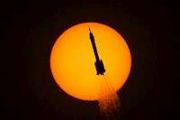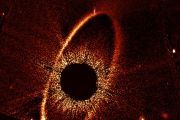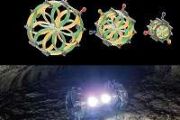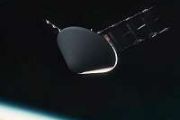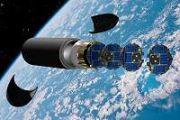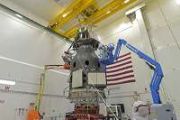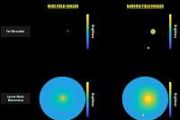
Copernical Team
Sensitive instruments to explore metal-rich asteroid
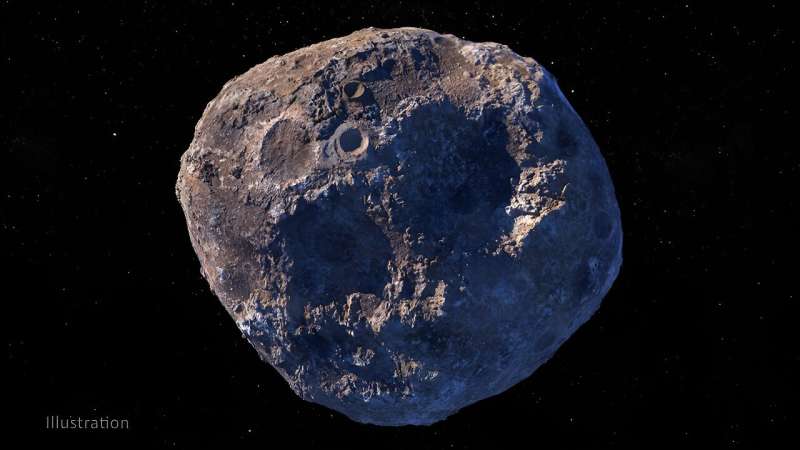
At the very center of the Earth is a core of metal—so hot and so deep down as to be unreachable and impossible to study directly. But we might learn more about it and the cores of other Earth-like planets by studying the asteroid Psyche. Based on observations made through telescopes, it is believed to consist of 60% metal, probably an iron and nickel alloy. Looking a bit like a potato and measuring about 150x250 km, Psyche may be the innermost core of a planet that, following a violent collision with another object, was stripped of its outer crust.
NASA is scheduled to send a mission to Psyche on Oct. 13. It will be NASA's fourteenth Discovery Program mission. Preparations started in 2017 with launch planned for 2022, but due to the corona pandemic, NASA was unable to complete the necessary testing in time.
China is planning to double the size of its space station
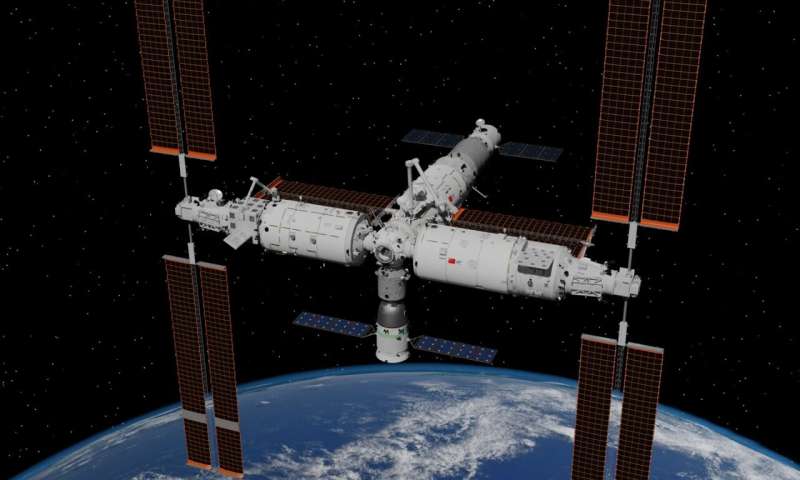
The International Space Station (ISS) will be retired in 2030 after more than 32 years of continuous service. Naturally, there are questions regarding what will replace this station, which has served as a bastion for vital research and inter-agency cooperation in space. In the past, China has indicated that their Tiangong ("heavenly palace") space station will be a successor and rival to the ISS, offering astronauts from other nations an alternative platform to conduct research in Low Earth Orbit (LEO). As part of this plan, China recently announced plans to double the size of Tiangong in the coming years.
This announcement was shared last Wednesday, October 4th, during the 74th International Astronautical Congress (IAC 2023) in Baku, Azerbaijan. According to the China Academy of Space Technology (CAST), three new modules will be added to Tiangong, which currently consists of the Tianhe Core Cabin Module (CMM) and two Laboratory Cabin Modules (LCM)—Wenhian ("Quest for the Heavens") and Mengtian ("Dreaming of the Heavens").
NASA set to journey to a metal-rich asteroid

It's a world like no other: a metal-rich asteroid that could be the remnants of a small planet, or perhaps an entirely new type of celestial body unknown to science.
A NASA probe is set to blast off Friday bound for Psyche, an object 2.2 billion miles (3.5 billion kilometers) away that could offer clues about the interior of planets like Earth.
"We've visited either in person or robotically worlds made of rock, worlds made of ice and worlds made of gas.
One small step towards lunar roads, a potentially giant leap for creating infrastructure on the moon
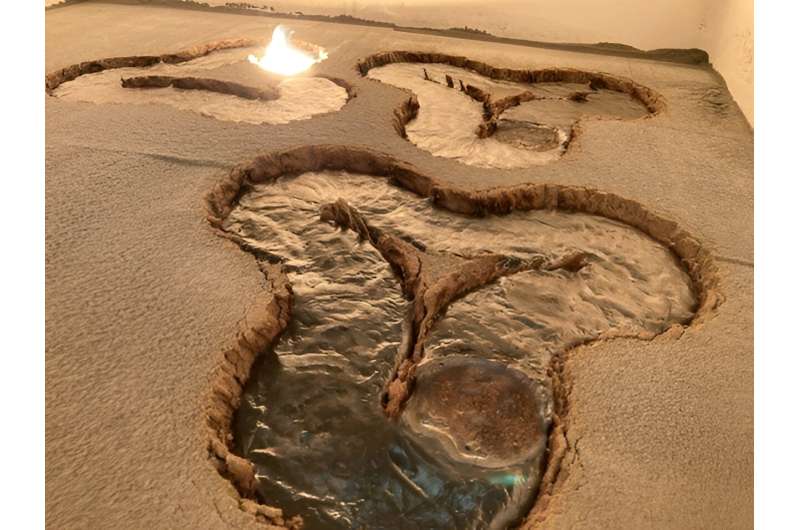
It may be possible to create paved roads and landing pads on the moon by using lasers to melt lunar soil into a more solid, layered substance, reports a proof-of-concept study in Scientific Reports. Although these experiments were carried out on Earth using a substitute for lunar dust, these findings demonstrate the viability of the technique and suggest it could be replicated on the moon. However, further work may be needed to refine the process, according to the authors.
Moon dust poses a significant challenge to lunar rovers as, due to the low levels of gravity, it tends to float around when disturbed and can damage equipment. Therefore, the infrastructure such as roads and landing pads will be essential to mitigate dust issues and facilitate transport on the moon.
UPDATE: First spacewalk for Andreas Mogensen

UPDATE: There has been a postponement of the spacewalk from its original date. Once a new date is selected, this article will be updated.
ESA astronaut Andreas Mogensen will venture outside the International Space Station to install a new camera and prepare an experiment for a future upgrade on his first spacewalk.
TIE Fighter down
 Image:
TIE Fighter down
Image:
TIE Fighter down Hera asteroid mission on show
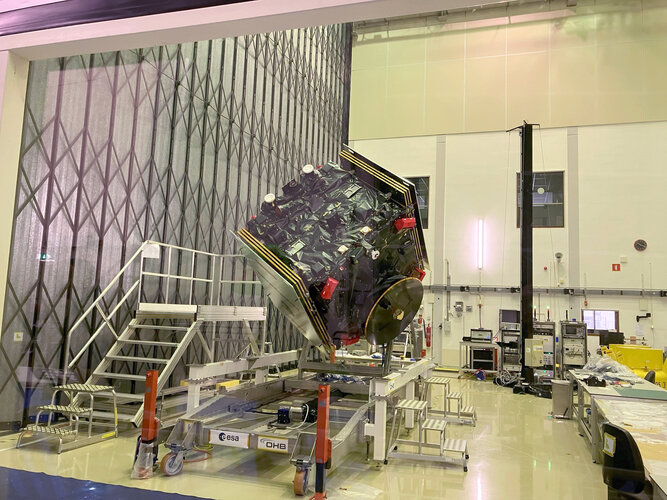 Image:
Hera asteroid mission on show
Image:
Hera asteroid mission on show How to make roads on the Moon
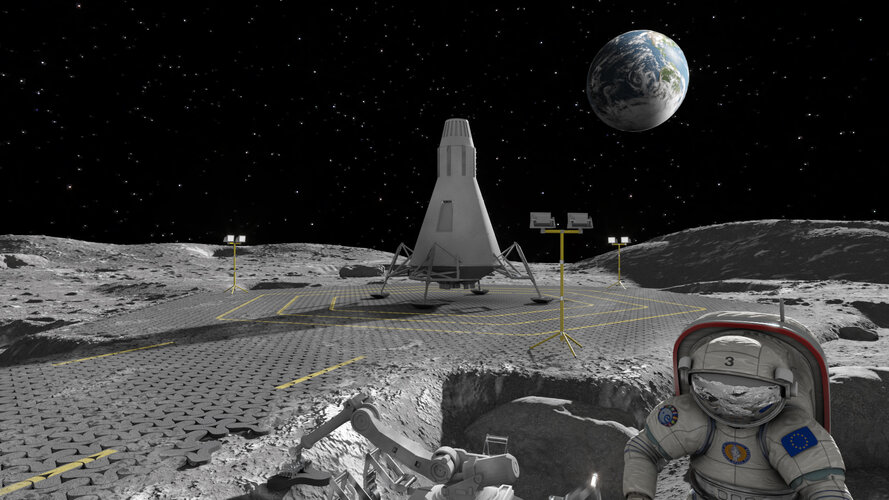
When astronauts return to the lunar surface they are probably going to be doing more driving than walking – but to keep billowing moondust at bay they are going to need roads. An ESA project reported in today’s Nature Scientific Reports tested the creation of roadworthy surfaces by melting simulated moondust with a powerful laser.
The Incredible Adventures of the Hera mission – Testing times
 Video:
00:03:42
Video:
00:03:42
Meet Hera, our very own asteroid detective. Together with two CubeSats – Milani the rock decoder and Juventas the radar visionary – Hera is off on an adventure to explore Didymos, a double asteroid system that is typical of the thousands that pose an impact risk to planet Earth.
Do Hera and her CubeSats have the right stuff to explore space? Before launch they need to prove it, with a round of testing at the ESTEC Test Centre in the Netherlands – Europe’s largest satellite test facility. Suitable for kids and adults alike, this episode of ‘The Incredible
Space set to keep people safer during emergencies

Governments and international disaster response teams have long relied on satellites to assess the impacts of disasters such as earthquakes and hurricanes. Now ESA has partnered with ICEYE, a Finnish microsatellite manufacturer, to improve early warning systems for floods and wildfires and extend their geographical coverage globally.

